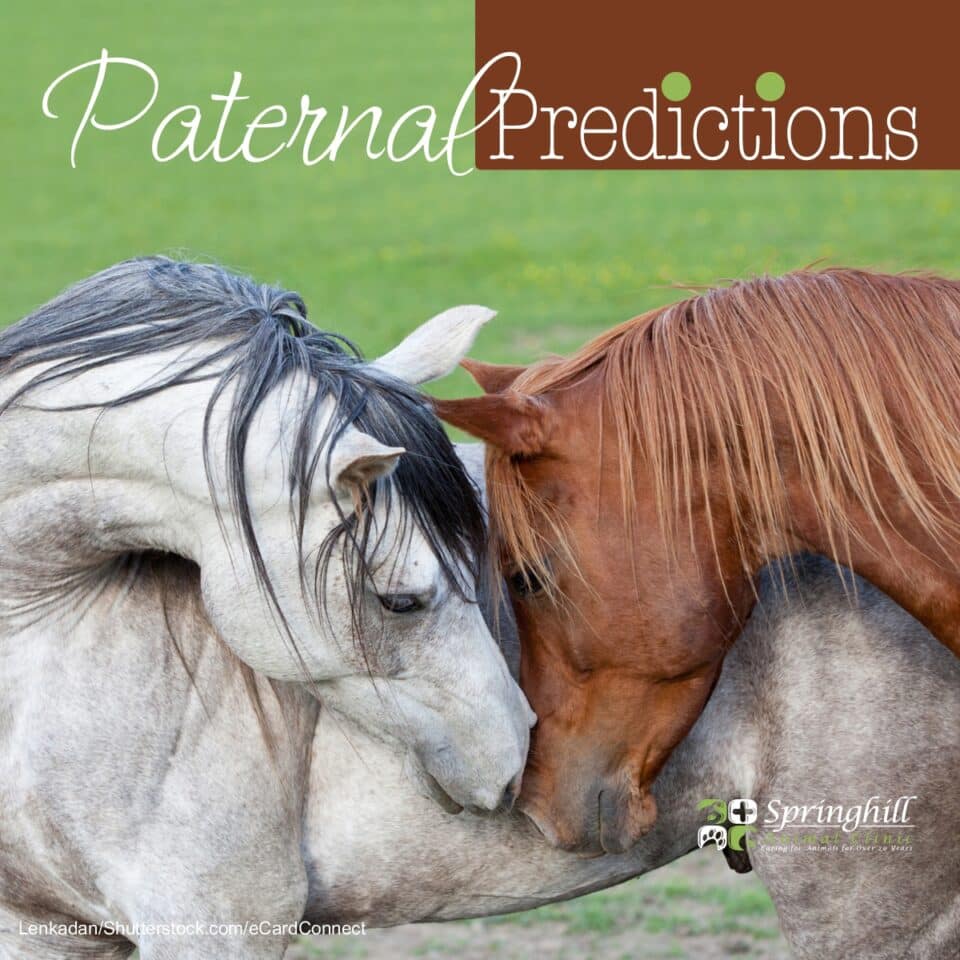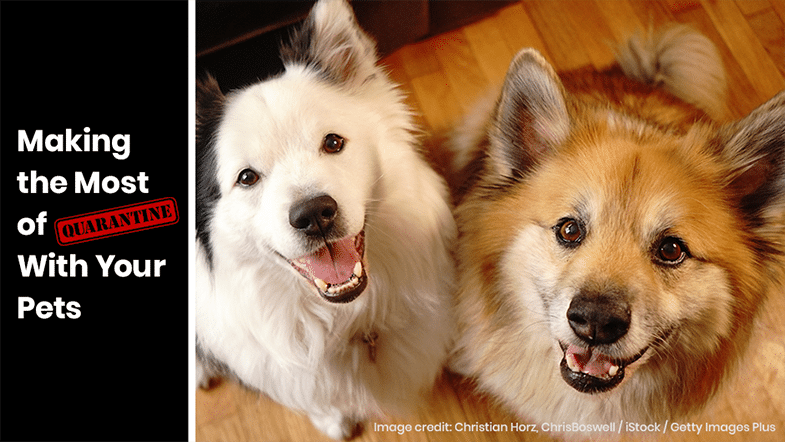You’re ready to breed your mare, but is she ready to be bred? Horses have distinct, seasonal cycles for breeding and other considerations — such as your horse’s current health status and whether your new foal will age annually on Jan. 1 — should be taken into account when determining her breeding schedule.
The first thing to do is have a breeding soundness exam performed to ensure your horse is healthy enough to be bred and carry a foal to term. Even if she has successfully bred and delivered before, this exam will ensure there have been no changes to her ability to do so. We will do a complete physical examination with a focus on the health and conformation of her reproductive tract. This exam may also indicate what type of breeding will be most likely to result in pregnancy for your mare. Due to anatomical differences, some mares are better candidates than others for live cover while others will be more likely to conceive if either cooled or frozen semen is used for artificial insemination. Knowing which type of insemination is more likely to result in pregnancy for your mare can help you make decisions regarding her breeding that can save you time, money and frustration.
Increasing her light exposure once the green light is given for breeding will help get her to start cycling, since horses cycle seasonally to avoid delivering foals in adverse conditions. Light exposure should be increased as early as two and a half months before you want to breed your mare and should be as long as 16 hours daily. It is important that this exposure be continuous with no dark periods between natural and artificial light and consistent so Mother Nature will accept the prodding to help your mare’s reproductive cycles start. Increasing her green, leafy hay can also help this process as it mimics the changes your mare’s diet would experience naturally as winter changes over to spring. It’s best to get your mare into a weight-gaining phase so she is in good body condition, but you don’t want your mare obese. Mares with body condition scores between five and seven usually breed easier than those who are too thin or overweight. This also helps your mare prepare for the additional demands on her system that will be made by carrying a foal. Supplementing her diet with vitamins and minerals may help your mare achieve the desired condition for breeding. We can help with ensuring her diet contains the right balance.
Finally, make sure her vaccinations, parasite control, dental care and hoof maintenance are all up-to-date. It?s important to be certain she has a current Coggins and that her Equine Viral Arteritis (EVA) vaccination is current if she is negative for this infection and scheduled to be bred to a positive stallion. Her core vaccinations should be boosted if necessary, especially if administration of the vaccine is not recommended during pregnancy. Your mare’s hooves should be properly trimmed and shoed if required to prepare her for physiological changes that will occur during pregnancy. Her hooves should be maintained to adjust to the metabolic and physical stressors introduced as her pregnancy progresses. Her teeth should be evaluated and floated if necessary to ensure she can properly utilize her feed. Have a fecal egg count performed and work with us to determine an appropriate deworming regimen that takes your plan to breed your mare into account. We can help make sure your mare is set for a successful breeding season–contact us to schedule an appointment today!



